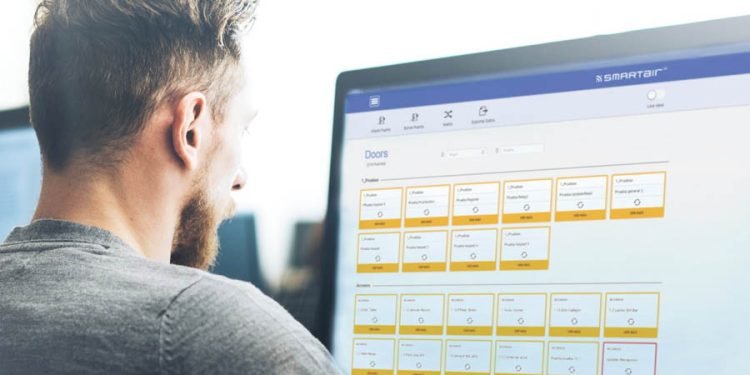Secure access is integral to maintaining safety in today’s world, and managing it can be daunting. Thankfully, modern technology has made the process much easier, allowing us to monitor and control entry into our networks, data centers, and buildings conveniently and securely. By utilizing state-of-the-art tools like biometric recognition, two-factor authentication, and cloud-based solutions, organizations of all sizes can grant secure access to multiple users swiftly and accurately.
Adopting advanced security protocols helps protect against any unauthorized access, so businesses of any size can gain from sophisticated yet uncomplicated solutions for their access control needs. So if you are searching for Nashville’s access control options, we will be of help.
Different types of access control systems
Access control systems regulate or authorize access to a physical or digital resource. Here are a few of the most typical varieties of access control systems:
1. Discretionary Access Control (DAC)
Discretionary Access Control (DAC) is a robust system of access control that provides the resource owner with comprehensive control over who has permission to access their resources and at what level. Unlike Role-Based Access Control (RBAC), which uses pre-defined roles and administrative rules, DAC lets the resource owner decide whom to grant, deny, or revoke access to. This makes it ideal for small organizations or personal devices where owners want to manage their data security needs without external assistance. DAC offers unparalleled flexibility in terms of tailoring security policies to meet specific needs, thereby protecting sensitive data more effectively.
2. Mandatory Access Control (MAC)
Mandatory Access Control is an access control system that structures user permissions according to a hierarchical order of security clearance levels. Users must have a clearance rating equal to or higher than that of the resources they try to access, and any changes to the clearance levels will instantly take effect across all associated resources. This ensures that the network is kept secure no matter who has the credentials at any given time. Moreover, this system logs any attempts by users to access blocked resources for review by security personnel, providing an additional layer of protection against unauthorized activity.
3. Role-Based Access Control (RBAC)
Role-Based Access Control (RBAC) is an efficient and cost-effective system of granting users access to resources and applications based on their designated organizational roles. By assigning specific rights and privileges, RBAC eliminates the need for manual user account implementation and authorization.
This form of access control provides organizations with a reliable way to protect confidential data while allowing easy administration of user permissions. Additionally, its scalability will enable RBAC to be adapted to fit the unique needs of any given application or organization. Used by many large companies, automated systems can also guarantee that users have access to the appropriate levels of authority at all times.
The advantages of implementing access control technology
1. Increased security
The implementation of access control technology offers an increased level of security for organizations, granting them the capability to regulate and record who has access to their resources. With this technology, organizations can decide whether or not to give individuals entry into certain areas depending on their job roles and levels of clearance, allowing for better protection of confidential information, valuable assets, and other items from potential unauthorized access, theft, or destruction.
Furthermore, organizations can monitor user activity within their system and use tracking logs to detect suspicious behavior and take immediate action. Establishing an access control system is Crucial in guaranteeing a company’s data and resources are correctly safeguarded.
2. Improved regulatory compliance
Organizations can utilize access control technology to ensure conformance with several statutory provisions. For instance, HIPAA necessitates the implementation of protective measures such as HIPAA forms to guard the privacy and integrity of personal healthcare records. Through access control, organizations can determine who should have access to such sensitive information and when and how it should be accessed.
This allows for full compliance with HIPAA criteria. Similarly, companies must abide by PCI-DSS standards when handling credit card data; access control provides an effective way to secure this data type by assigning specific user privileges and tracking related user activity. In its entirety, access control offers assurance that organizational operations meet legal obligations.
3. Enhanced convenience
Access control technology offers not only streamlined convenience but also reliable security measures. For instance, entry logs can inform personnel who has accessed a particular resource in a given period. At the same time, alarms and surveillance cameras connected to the control system can alert the required authorities should an unauthorized user attempt entry.
Furthermore, specific access control systems can integrate with other security systems, creating additional protection against potential intruders. Automated locking mechanisms can be activated with just one button press, improving safety standards and protecting resources from unwelcome visitors.
Maintaining secure access to sensitive data is a top priority for organizations of all sizes, and access control simplification makes it easier than ever. Its user-friendly interface enables efficient security management, assuring businesses that unauthorized individuals will not gain access to their information. Investing in access control simplification provides peace of mind knowing that your data is safe and secure.












